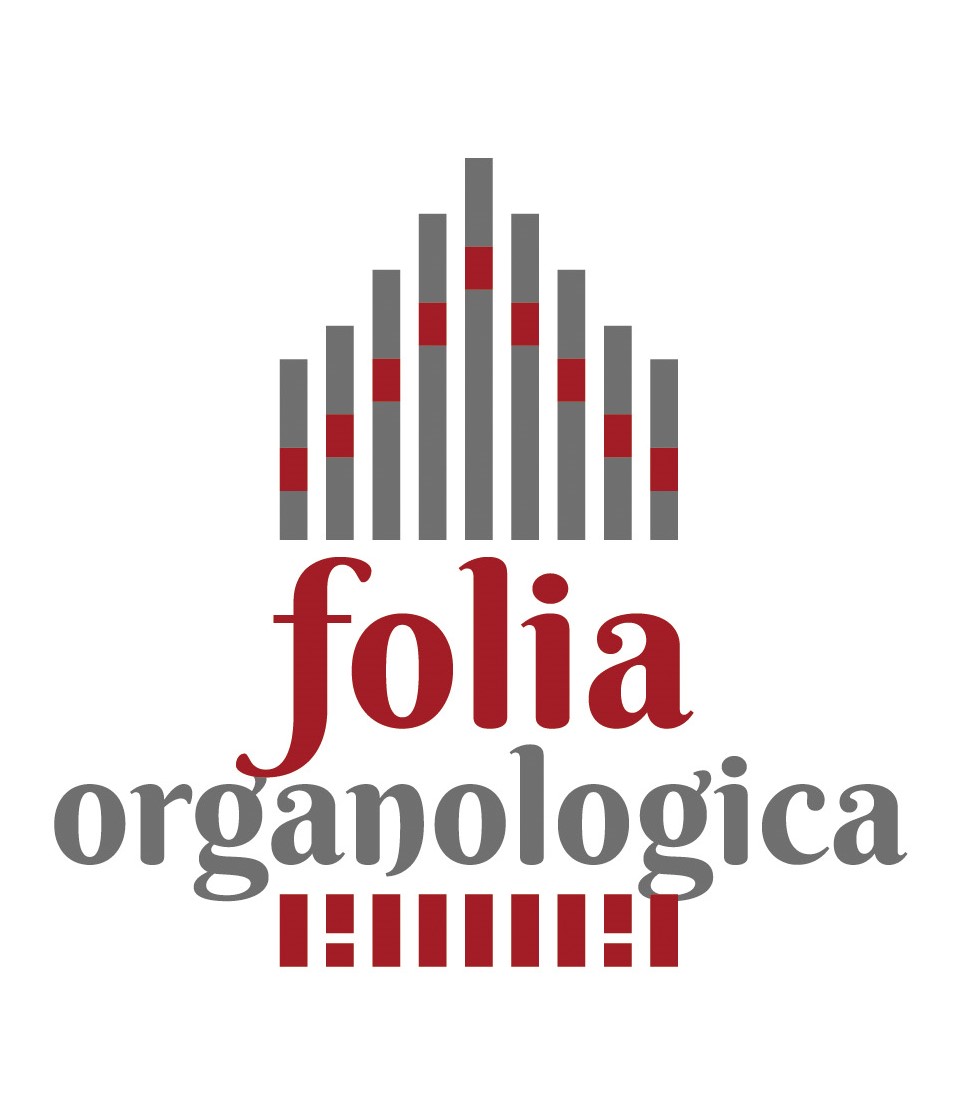Organs as an exemplification of Montenegro's material cultural heritage Part 1: St. Tryphon's Cathedral in Kotor – Our Lady Help of Christians' Church in Muo
Organs as an exemplification of Montenegro's material cultural heritage Part 1: St. Tryphon's Cathedral in Kotor – Our Lady Help of Christians' Church in Muo
Author(s): Grzegorz PoźniakSubject(s): Cultural history, Music
Published by: Uniwersytet Opolski
Keywords: organs;Montenegro;Italian tradition;Balkan tradition;organ building;
Summary/Abstract: Montenegro became a union republic of the Socialist Republic of Yugoslavia (1945-1992) after the Second World War and the political changes and wars in the Balkans at the turn of the 20th and 21st century. Montenegro proclaimed its independence on 3rd June 2006. As an independent state, this former republic of socialist Yugoslavia takes action to gather and scientifically describe its remarkable cultural heritage. In 2019 Cetinje Academy of Music, which is part of the University of Montenegro, decided to carry out a scientific project aimed at depicting this entire cultural heritage. Folk culture and Orthodoxy are the dominant features of this whole opus, thus it is not surprising that cultural products are mostly associated with these two cultural factors. Catholics constitute a group of about 3.5%, which amounts to a relatively small number of believers. Though they are a small community, they also left their mark on culture. One of the important factors in the Catholic worship is the pipe organ. The article is the first part of a series of texts dedicated to the organ in Montenegro, in which the organ from St. Trifon’s Cathedral in Kotor and from the parish church of St. Cosmas and Damian in Muo is described. The presentation of these instruments comprises their history and description as well as contemporary and archival photographs. The contemporary instrument in St. Tryphon’s Cathedral in Kotor is a small contemporary instrument which comes from the German organmaster’s factory Fischer + Krämer. The factory was founded in Schlatt, near Bad Krozingen, in 1970. The firm builds its instruments with mechanical key actions in wood and their pipe measurements are based on the Baden-Alsace tradition of Stieffell and also on the pattern of Andreas and Johann Andreas Silbermann. However, the history of the organ in Kotor Cathedral is relatively well documented and has been depicted by musicologists from the former Yugoslavia. The organ preserved in the church of St. Cosmas and Damian in Muo is, in its construction, an instrument belonging to the Dalmatian-Italian tradition of the organ building, which derived from Domenico Moscatelli’s factory. It was built in 1784 in Zadar and brought to Muo in 1880. The organ is a mechanical instrument containing Italian sound concept and stop naming. Its current condition is disastrous. The organ requires special care due to the fact that it reflect a substantial document of European organ building’s trends. Respect for music in its material (an instrument with a beautiful organ front) and spiritual (beauty of sounds) dimensions is required.Therefore, Boka Kotorska is not only a charming, mountainous and seaside resort, but also a place with a vital role in the contemporary account of the material heritage of Montenegrin culture.
Journal: Folia Organologica. International yearbook of organ and organ music
- Issue Year: 2020
- Issue No: 3
- Page Range: 93-113
- Page Count: 21
- Language: English

